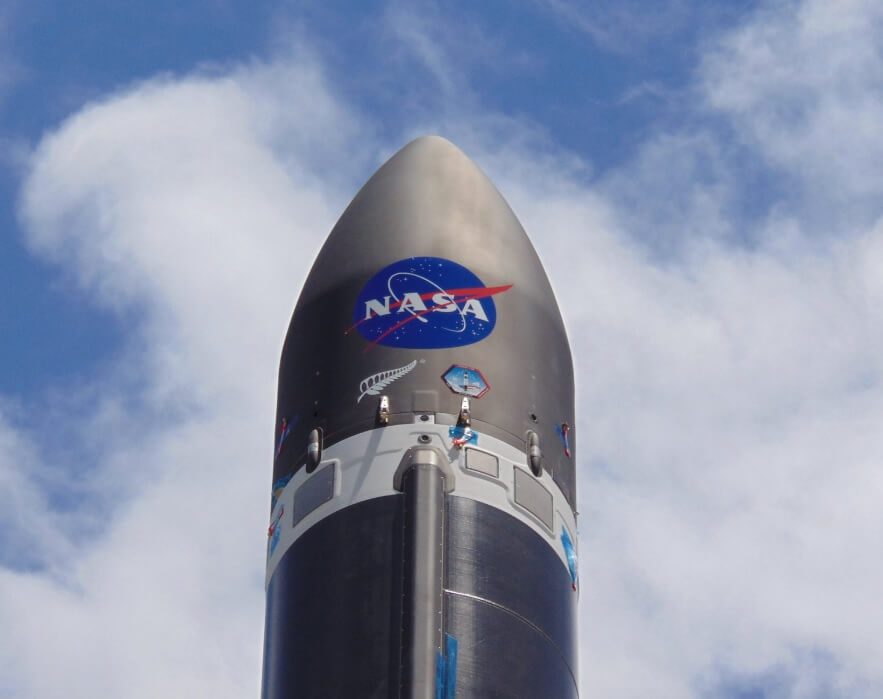NASA has selected Rocket Lab’s Electron KS rocket to provide the launch service for the agency’s Time-Resolved Observations of Precipitation Structure and Storm Intensity with a Constellation of Smallsats (TROPICS) mission, as part of the agency’s Venture-class Acquisition of Dedicated and Rideshare (VADR) launch services contract. Originally the remaining TROPICS spacecraft has been due to launch on the Astra Rocket 3 series. However, after a launch failure which lost TROPICS 1 and 2 in June this year, the agency decided to fly its TROPICS mission on other rockets.
Rocket Lab was one of 13 companies NASA selected for VADR contracts in 2022. NASA’s Launch Services Program, based at the agency’s Kennedy Space Center in Florida, manages the VADR contracts. As part of VADR, the fixed-price indefinite-delivery/indefinite-quantity contracts have a five-year ordering period with a maximum total value of $300 million across all contracts. NASA has previously used the Electron rocket including for its ALBUS, CERES, SHIELDS 1 and STF spacecraft in December 2018 on a launch under the ElaNA launch programme.
The TROPICS mission will eventually consist of four CubeSats intended for two low-Earth orbital planes. Rocket Lab will launch two pairs TROPICS satellites into their operational orbits on a pair of FAA-licenced aunches during a 60-day period with the first launch no earlier than 1 May 2023. It is hoped that the TROPICS spacecraft will be in place to help NASA provide observations during the 2023 Atlantic hurricane season.
The TROPICS constellation targets the formation and evolution of tropical cyclones, including hurricanes and will provide rapidly updating observations of storm intensity, as well as the horizontal and vertical structures of temperature and humidity within the storms and in their surrounding environment. These data will help scientists better understand the processes that effect these high-impact storms, ultimately leading to improved modelling and prediction.









